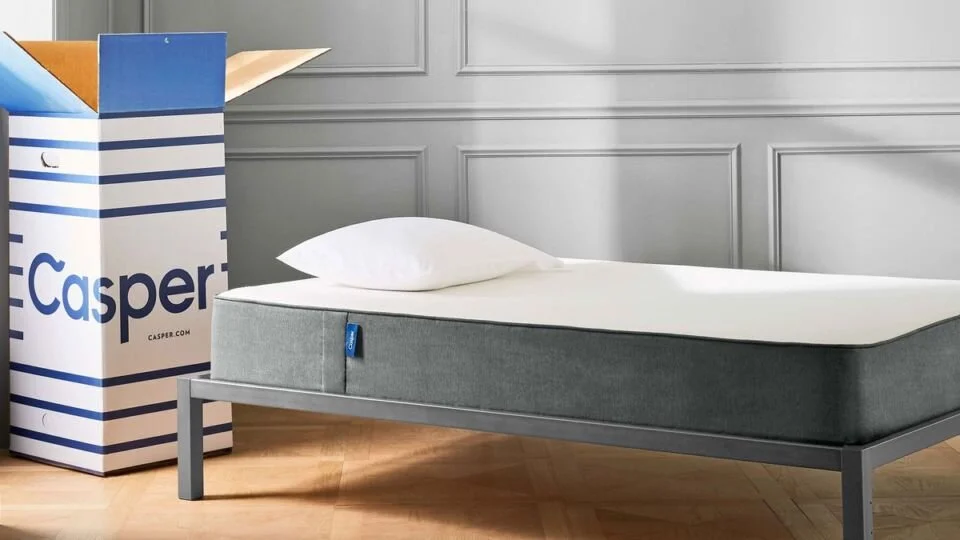Casper ends its first day of trading up 12%, after pricing IPO at the low-end of its range
Online mattress maker Casper’s stock closed up more than 12% on Thursday, its first day of trading.
Following its initial public offering, Casper shares opened at $14.50. The stock surged more than 30% in trading on the New York Stock Exchange under the symbol “CSPR,” to a high of $15.85. After giving up some of those gains, Casper shares closed at $13.50.
Casper had priced its IPO at $12 per share, or the very low end of its target range, Wednesday evening. That was after it slashed its target price range, from $17 to $19 a share, to $12 to $13 per share.
The retailer has a valuation of about $575 million based on where shares opened Thursday. But at one point, as a private business, Casper was valued at $1.1 billion, giving it so-called unicorn status.
Like many Silicon Valley-backed start-ups looking to go public, however, Casper has faced scrutiny for being unprofitable and for its high costs to acquire new customers and keep them.
The mattress market in the U.S. has also showed signs of slowing down, analysts say. And Casper’s IPO comes on the heels of a WeWork IPO fiasco in 2019, which put a dark cloud over the start-up market. Casper’s debut is another sign that going public as an unprofitable company can be a disaster.
Casper’s CEO Philip Krim doesn’t seem too concerned about the start-up watching its valuation take a major haircut.
“Valuations are just moments in time,” Krim told Thursday morning. “This is obviously a huge milestone for us. ... It doesn’t distract us from building the business we want to build.”
Casper is still losing money, giving analysts reason to question whether it will ever be profitable. In the nine months ended Sept. 30, Casper reported a net loss of $67.3 million on revenue of $312.3 million. While revenue increased 20% year over year, its losses widened about 5%.
“Casper now is opening its own stores, and that raises expenses and capital needs,” said Erik Gordon, a professor at University of Michigan’s Ross School of Business. “It is selling through existing retailers, and that shrinks margins. ... A year from now, its shares are more likely to be half their opening price than twice the price.”
The company launched in 2014 and was one of the pioneers of the mattress-in-a-box trend. It is now expanding its store fleet, and has 60 of them, with goals to have upwards of 200. It sells its mattresses and pillows in places such as Costco and on Amazon. Casper has pitched investors on building its business beyond just mattresses and around a global “sleep economy.”
The New York-based company’s investors include retailer Target, actor Leonardo DiCaprio and investment firms Lerer Hippeau Ventures, IVP and NEA.
However, these investors could be in the red based on Casper’s new valuation. Take Target. It was reportedly in talks to buy the mattress maker in 2017 for $1 billion, but later invested $80 million in Casper. It currently sells Casper mattresses and pillows in its stores and on Target.com.
At the midpoint of Casper’s initial $17 to $19 IPO range, the pricing represented a 37% drop from Casper’s share price at the time Target became an investor in the start-up’s Series C fundraising in 2017.
Still, there have been much bigger paper losses involving major corporations investing in high-growth start-ups, including SoftBank’s WeWork investment, and Altria’s investment in Juul, which last month was written down by $4 billion.
Casper has said it plans to use the proceeds from its IPO for working capital, funding growth and other general corporate purposes, according to regulatory filings.
Some of Casper’s rivals today include Purple, Nectar, Serta Simmons’ Tuft & Needle, Walmart’s Allswell mattress brand and Eight Sleep. There are dozens in the space. Even Amazon has its own mattress brand.

